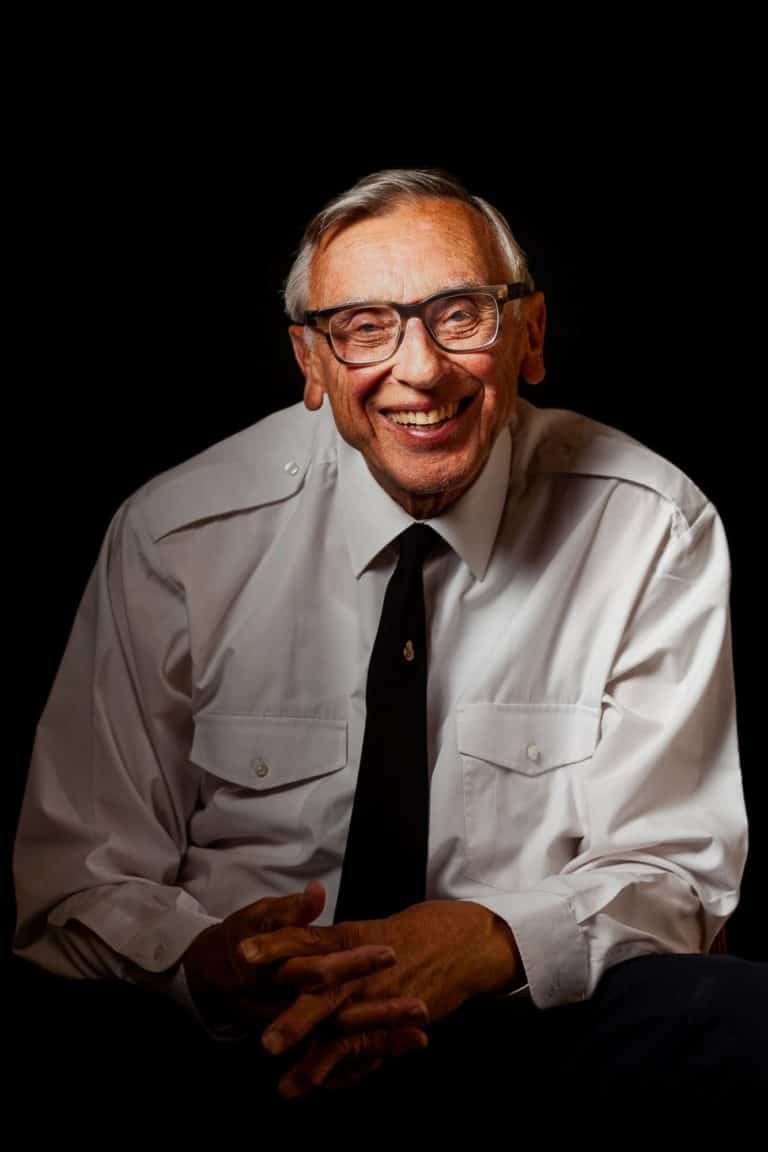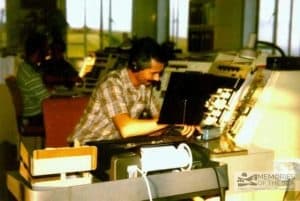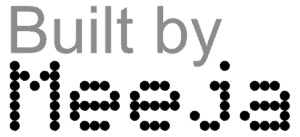Jim Roberts on Radio Communications
In the early years when I first started there was little communication, direct communication, other than the telephone between the Coastguards and anybody else.
The Lifeboats, when I first started had radios on board, but they were what we called MF radios, medium frequency radios, and could transmit over quite a distance but the only people they had to communicate with were what they called the Coast Radio Stations. Coast Radio Stations were run by the GPO and they were not too frequently spaced around the coast in the UK.
Luckily, for us in the Solent area we had one on the Isle of Wight which was down at Niton and surprisingly known as Niton Radio and lots of people on the Island even to this day can remember the mast and there’s still some of the mast about.
As things progressed during the years, Niton Radio did cease to exist and was taken over communications by the Coastguard. But in the early days everything had to go through Niton radio as matter of … funny, well at Bembridge we couldn’t actually communicate directly with Niton Radio on the phone, we actually had to telephone our Headquarter Station at Needles and then Needles would telephone Niton Radio and then pass the message to the Lifeboat and then the Lifeboat would come back with its message to the Coastguards at Needles, which would then be passed to Bembridge and then we’d pass it to the opposite at Bembridge Lifeboat.
So, you know you’re not going to get quick communication. If that all worked efficiently it was probably 10 minutes from sending the message out to getting the message back.
However, as time progressed, VHF radios were brought in on the marine band and the Coastguard Stations started to have VHF radios put in.
I can remember in the early days when the radios were installed at Bembridge, so that we got practice on them, we used to have to call one of our Mainland Stations up every hour during the night just to gain practice in using them and we’d be there at half past two in the morning calling up Selsey Coastguard, Bembridge Coastguard radio check and if they weren’t on duty we’d call Calshot Coastguard. But the whole idea was to get us using the radios.
But they came in very effectively we could then talk directly to the Lifeboats and after a little bit, we could talk directly to the helicopters as well.
Initially the helicopters were on UHF and that meant we had another step in the chain to get a message through to them, but the Lifeboats had UHF on so you could send a message to the helicopter but you had the Coastguard, the Lifeboat, the Lifeboat would send your message to the helicopter and then it would come back again so it was all … it worked, but it was long winded choice though.
Then when they had the total reorganisation of the Coastguard service, communications improved because after a few years then basically the Coastguards took over all the communications around the UK, radio wise, and at that point the GPO Coast Radio Stations like Niton Radio and that all faded away.







